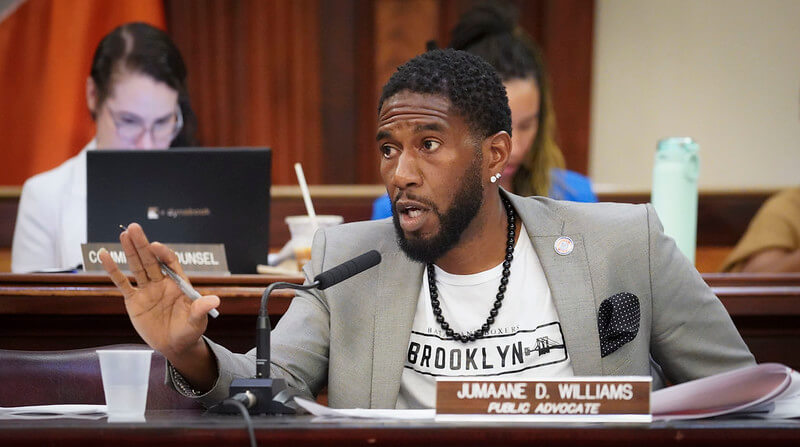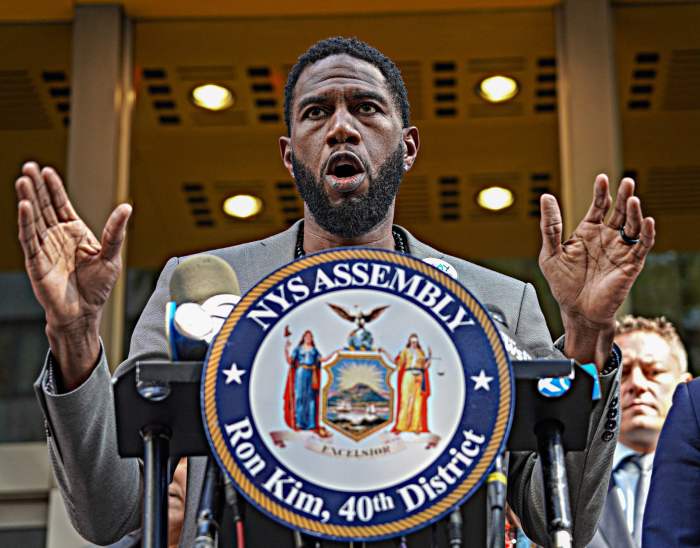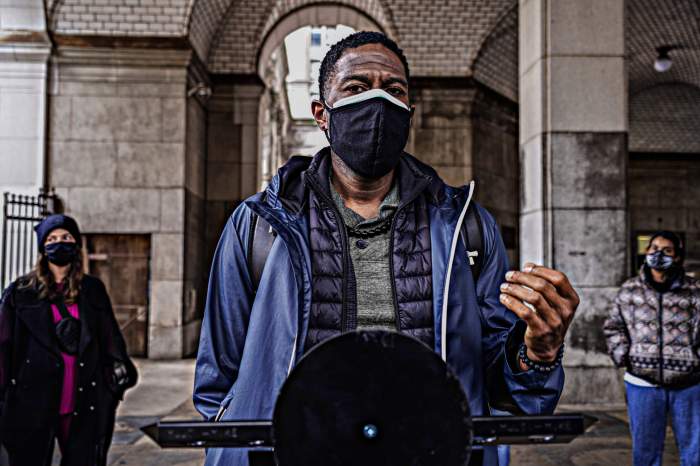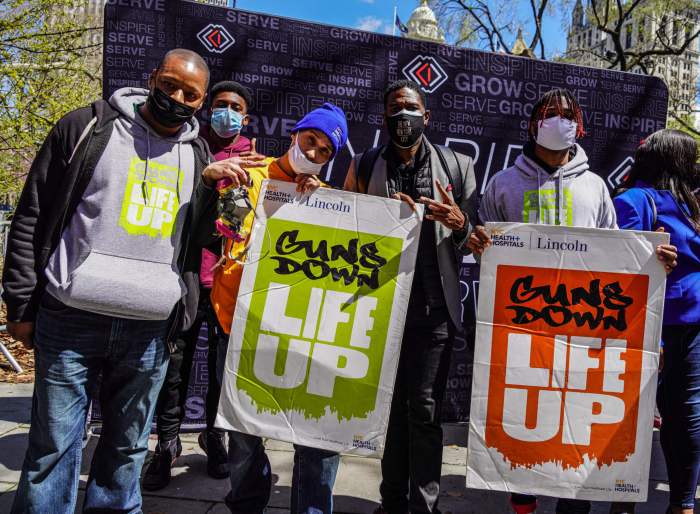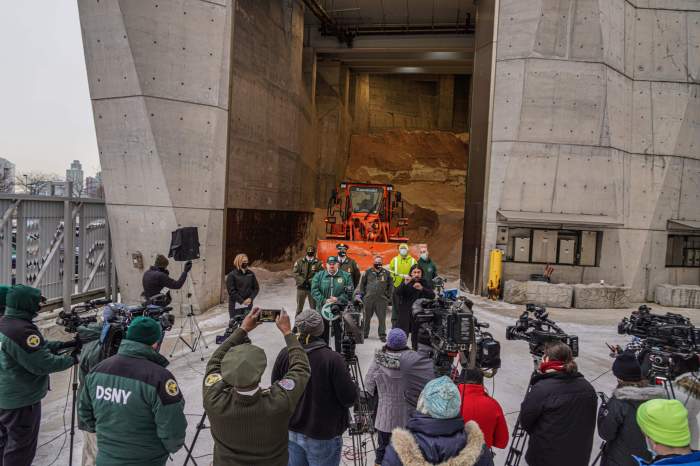Public Advocate Jumaane Williams and several City Council members on Wednesday excoriated officials from Mayor Eric Adams’ administration saying that they failed to adequately respond to smoke from Canadian wildfires that engulfed the five boroughs last month.
During a July 12 council hearing examining City Hall’s handling of last month’s event, Williams and other lawmakers charged that the administration was too slow to communicate to the public about the dangers of breathing potentially hazardous air. The hearing followed a torrent of criticism surrounding the administration over the speed of its response to the thick smoky air that blanketed the city.
During the occurrence, the air quality index (AQI) reached a peak of 484 on Wednesday June 7 — well above the 300 mark at which air is considered “hazardous.” The levels ranged between 100 and 300, from “unhealthy for sensitive groups” to “very unhealthy,” for much of that week. Normal air quality is below 50 on the index.
The public advocate fired questions at New York City Emergency Management Commissioner Zach Iscol, asking him why the city held its first press conference on the toxic haze just hours before the sky turned orange and the AQI hit peak levels. Williams said the city didn’t give New Yorkers enough time to prepare for the dangerous air.
He emphasized that the public needed more of a heads up to understand how to stay safe in hazardous conditions that up until now have been a rarity in New York City.
“It’s my belief … that if the mayor and the commissioners are giving a press conference a couple of hours before the sky goes orange because of how bad the air quality is, then we have failed at communicating,” Williams said. “And I say that because the air quality is not something that is usually talked about in the public. It’s something that the public has to learn about and understand.”
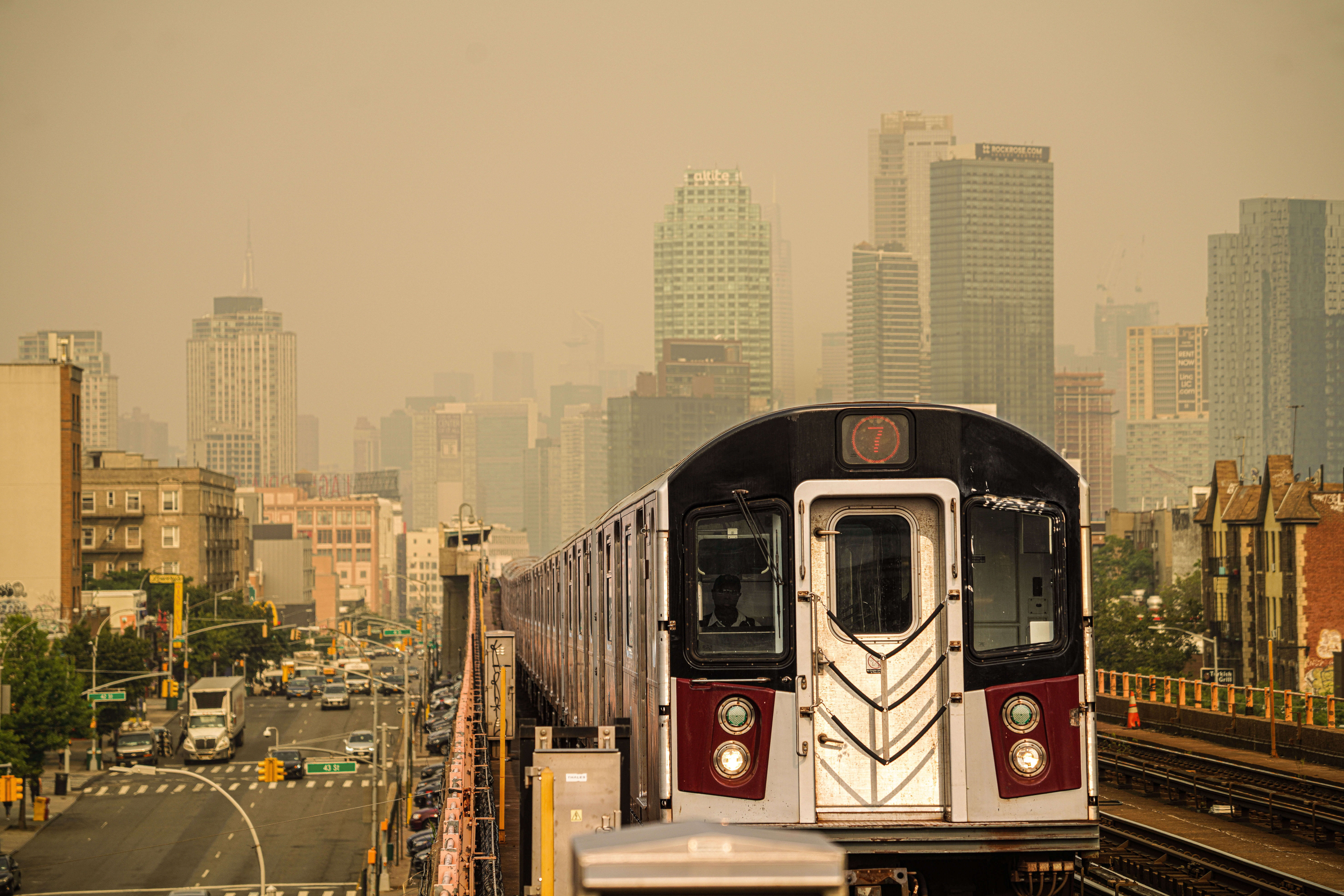
Williams also took issue with Iscol’s claim that the administration did “everything that we should have done” to get necessary information out to New Yorkers— given that poor air quality resulting from smoke is difficult to predict and forecasts didn’t predict the AQI rising to hazardous levels.
“I think the administration is the only one that believes everything went the best way that it could,” Williams said.
Iscol responded that the administration had notified the public to brace for poor air quality dating back to the previous Thursday, June 1, through the city’s notification app — Notify NYC. He said that advisory was triggered by the state Department of Environmental Conservation, the agency charged with monitoring and forecasting air quality in the Empire State, which issues notices when the AQI is forecasted to go above 100.
The Emergency Management commissioner also insisted that the city employed other communication methods besides Notify NYC, including through social media, community-based organizations and radio and television interviews with himself and city Department of Health Commissioner Ashwin Vasan — but didn’t say when that other communication took place prior to June 7.
Furthermore, Iscol said that both the day of the mayor’s first press briefing on the conditions, June 7, and the day before, the AQI was predicted to reach levels of 138 and 118 respectively — meaning both were predicted to be unhealthy for sensitive groups but not hazardous. These predictions ended up being low, with the index on June 6 reaching 218 and over 400 the next day.
Iscol emphasized that the mayor’s press conference didn’t come too late because it took place the morning of the first day where the AQI reached a hazardous threshold.
“The air quality index forecast for June 6 was in the unhealthy for sensitive groups category,” Iscol said. “The air quality forecast for the 7th was also in the unhealthy category for sensitive groups … I think, with the information that we had at the time, the mayor’s press conference occurred on the first day we had hazardous air quality.”
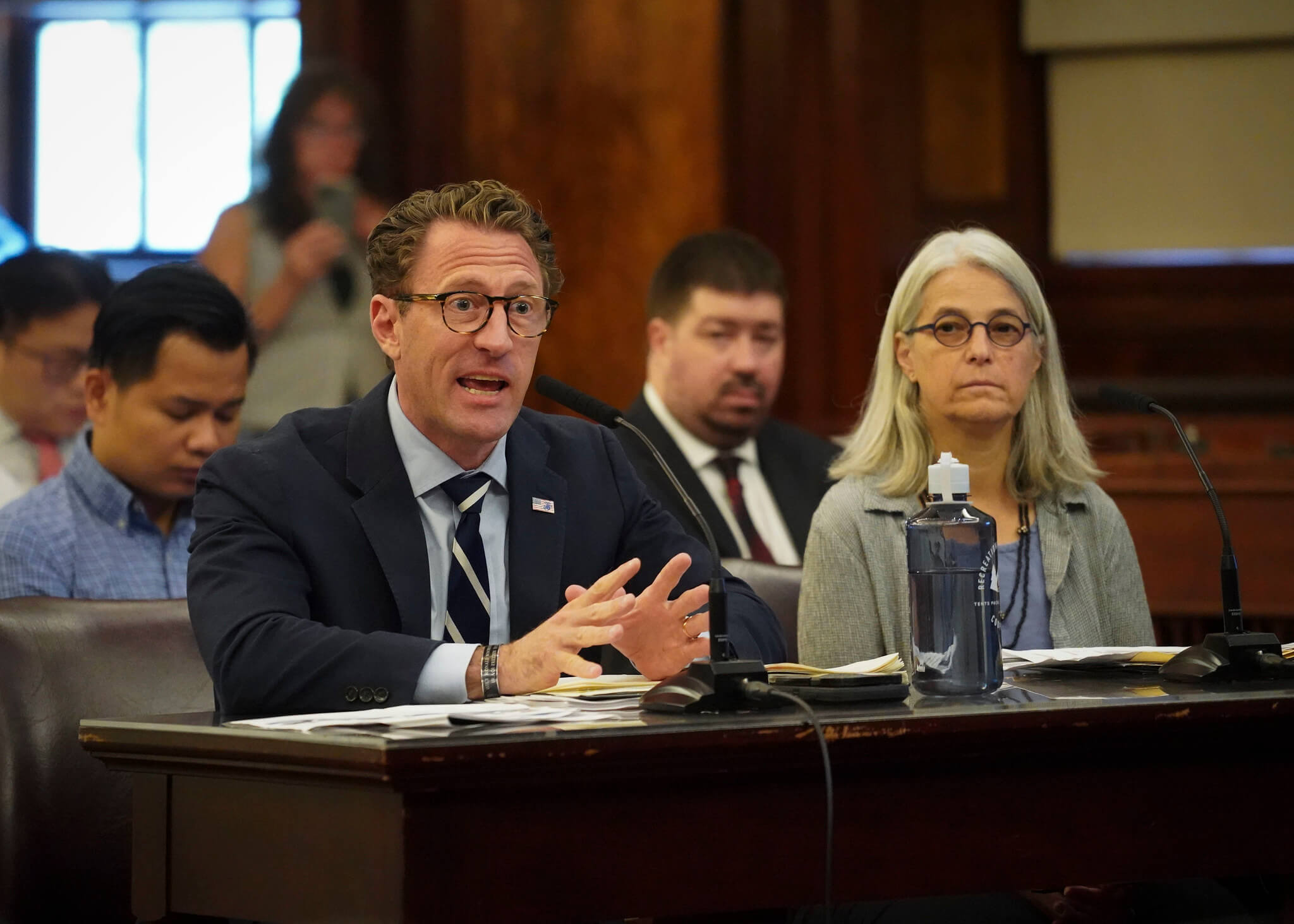
But Williams insisted the administration should have held its first press conference the night before, after the AQI hit 218 that afternoon, and that it also should have pursued other ways to more effectively educate New Yorkers before conditions became hazardous.
“We have to prime the public for information that they have never received and this information is confusing,” Williams said. “If we’re starting to give this information right before the sky turns orange and is on fire, I’m just saying we took too long. That should not be a statement that is somehow controversial.”
City Council Member Lincoln Restler (D-Brooklyn) — a frequent critic of the mayor — also tore into administration officials, characterizing their handling of the incident as a “failure to respond.”
Specifically, Restler said the administration should have triggered a “code red,” which would have allowed homeless individuals to get a bed at any New York City homeless shelter, amid the poisonous air quality.
“We have … significant increases in the number of street homeless individuals, those people have no place to go,” Restler said. “They were breathing in the toxic air minute after minute, hour after hour, getting sick. These are people who have chronic health conditions and yet we did nothing for them.”
Iscol responded that the city did step up outreach to street homeless individuals and a Code Red wasn’t activated because it is reserved for extreme heat events and wouldn’t be used for poor air conditions.
But Restler said that while he understood the protocol was for a specific situations, the city should have still utilized one of its core functions of allowing homeless individuals to enter any city shelter without having to go through the standard intake process.
“We failed street homeless New Yorkers in this incident,” Restler said. “And I hope moving forward we develop the right and necessary protocols so that we can ensure they can access shelter in their immediate vicinity to get to safety.”



